Hello New Gardening Enthusiasts, Are you planning to grow plants in your home garden? Well, you are landed in the right place. If you are new to gardening, this article will help you become a perfect gardener. Nowadays, everyone has some space to grow plants in their homes. These places include the indoors, balcony, backyard, and terrace. You can utilize these spaces for growing vegetables, flowers, and herbs. Here are some top miracle grow tips for garden plants.
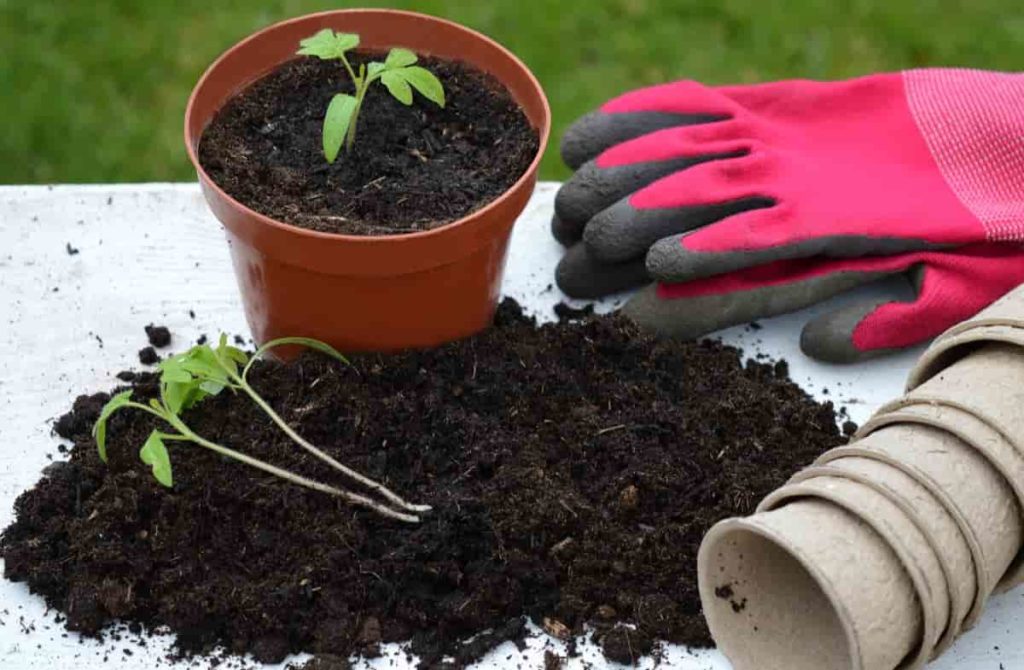
Top miracle grow tips for your garden plants
Decide on medium to grow
Well, there are two ways you can grow plants. One is with soil, and another is without soil (Hydroponics/Aquaponics). If you plan to go with Hydroponics, you can set up mini Hydroponics in your balcony, terrace, backyard, and indoors.
Selection of space to grow
This miracle grow tip is essential, and you should select a suitable space that gets at least 8 hours of sunlight. In case you are planning for an indoor garden, you can use grow lights for the required sunlight. Avoid any space that is more prone to high winds. The space section must be ground in the backyard, containers in the balcony, pots in indoors, and containers or raised beds on the terrace.
Deciding of plants to grow
You must be aware of what to grow and what not to grow. For example, many people show interest in growing vegetables, flowers, fruits, and herbs.
In case you miss this: Guide to Growing Red Banana in Home Garden: Planting and Care
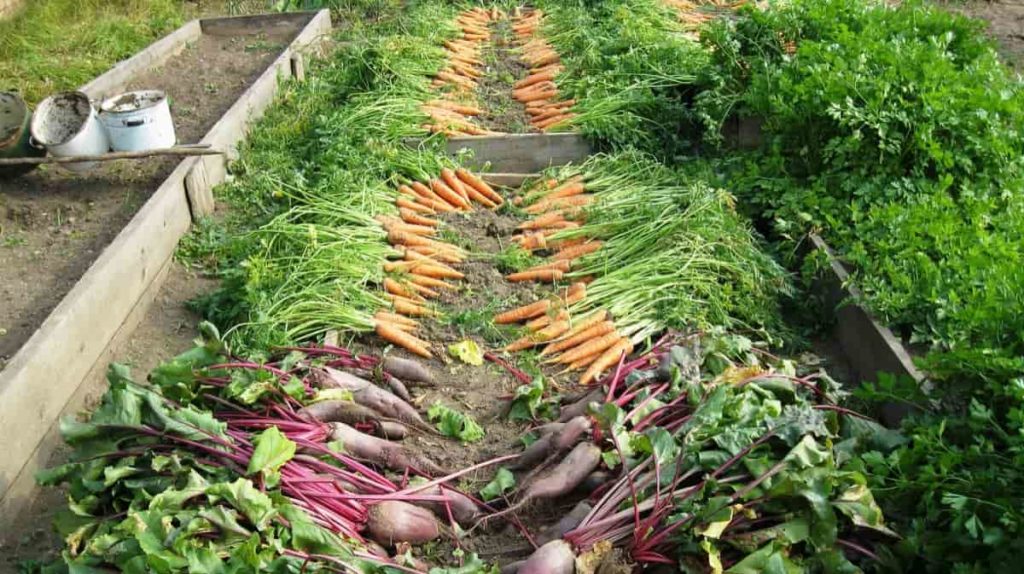
Seed Selection or transplantation from nursery grown
Getting the right seeds is very important. You can also bring healthy nursery-grown plants and transplants to your home. Buy seeds from reliable sources and avoid buying old seeds. It is better to get harvested seeds for more percentage of germination, healthy growth, and high yields last year.
Seed planting methods
Usually, we use the “Dibbling” method, where we place a couple of seeds in pits by maintaining a certain distance and certain standard depth. Do not sow the seeds too deep, and make sure they are covered by topsoil. You can also use seed germination trays. You can transplant these to designated pits on the ground or in containers or raised beds. When you are sowing on the ground, you can use fertile soil composted with nutrients.
Some soils are most suitable for growing plants as their acidic levels (pH) may not be in the normal range. You can use a soil pH meter to know the soil acid property. The pits for planting should be partially filled with good soil with mixed compost and sand for healthy and robust root growth. Keep the proper distance between plants and rows.
In case you miss this: Guide To Growing Palm Trees: Planting and Care
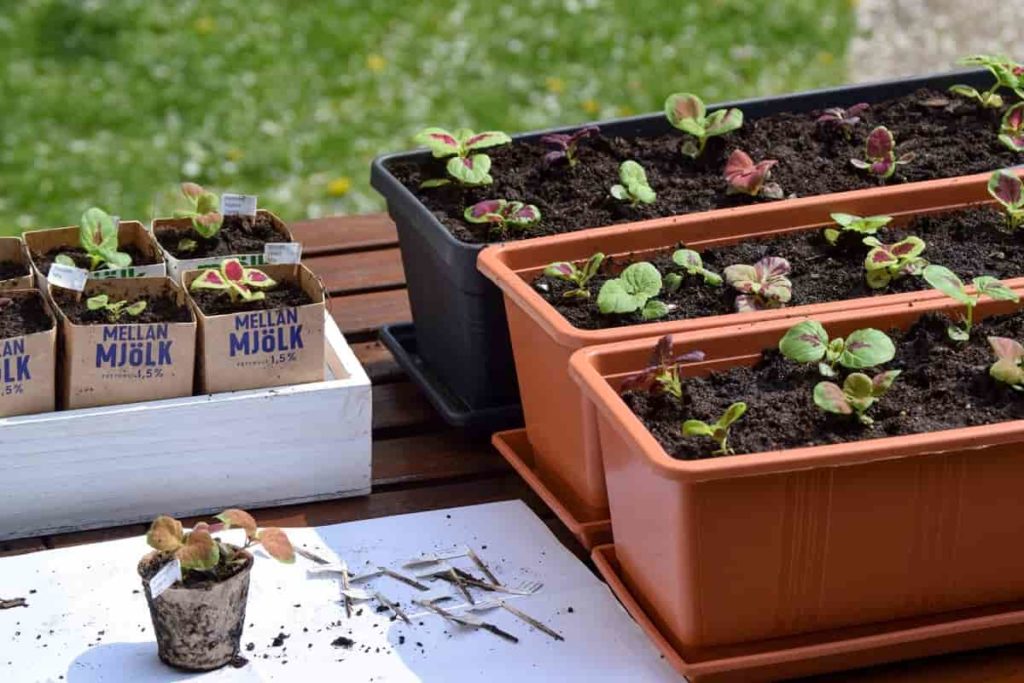
Another method of sowing plants is “Broadcasting.” In this method, you just spread seeds on the ground/soil where these seeds are covered with soil or left without covering any soil. This method is suitable for Tomatoes, Green Chille, Peppers, Spinach, Mint, Coriander, Eggplant (Brinjal), Capsicum, Marigold, Chrysanthemums, etc. After sprouting and growing for some time, you may need select healthy plants and replant again.
Once seeds are sown, the germination may occur anywhere from a week to 2 weeks, depending on vegetables, flowers, or herbs. For proper seed germination, you must keep the plant roots moist. Overwatering will cause the seeds to get fungus, and eventually, sprouts will die. If you are not confident about seed sowing in your garden, getting healthy plants from your local nursery is better.
When to water and how to water plants
The frequency of water supply will directly affect the plant growth, fruit size, and yield. Don’t allow the soil to become completely dry. When you start observing the dry soil, provide the water around the basin of plants. You can use any mulch material for less water requirement and control weeds—your backyard garden host many plants. You can use an automatic drip system. It is recommended to provide water in the early morning time. If you are growing plants indoors, don’t keep watering as it rots your plants.
In case of a water shortage, plants start dropping leaves/flowers. Less frequency water is required in winters and the rainy season. If you feel that the soil at the plant basin became firm and sturdy, you must rake the soil to loosen the soil. Never water from the top, which may make leaves wet and become a host for some pests and diseases. It is recommended to have proper drainage from the plant basin.
In case you miss this: Guide to Growing Amaryllis: Outdoors, Pots, Planting, and Care

Pruning your garden plants
Pruning of a plant is essential for healthy growth and good yield. Have Pruning shears to cut the branches and to remove any dead leaves. Buy pruning plants during the growth stages will boost overall plant growth and yield a quality product. Usually, fruit trees like Guava, Banana, Mango (Aam), Sapota, Apple, Fig/Anjeer, Almond (Badam), Cashew, Cherry, Pomegranate, Coconut, etc. require pruning. Also, flowers like Rose, Hibiscus, Jasmine, and bushy plants require pruning.
Training of your plants in HOME GARDEN
To establish a direction of plant growth, shape, and the proper size, you need to use a technique called “training.” To achieve this, you must provide support to these plants. For example, certain vine vegetables must be provided with trellises for vertical growth. This can avoid creeping on the ground to utilize minimum space and protect from soil pests and disease.
Flowering/budding stage of your plants
When flowering and fruit setting, you must make sure to good amount and regular supply of water and over-watering must be avoided. Some young trees may need pinching of flowers/buds for higher growth for the next term.
How mulching and weed control help your plants
Mulching covers the plant base with a layer (grass/dry leaves/plastic sheet) to protect root plants from high heat, extreme colds, water evaporation, and weeds. You can control weeds at the plant base by providing mulch. In the commercial gardening scale, plastic mulch is usually preferred, whereas, in an in-home garden, you can use wood chips, dry hay, dry leaves, etc. The best advantage is these will turn into organic matter and feed the plant roots. Once a week, carry out a manual weed removal.
In case you miss this: Guide to Growing African Violets from Seeds: Problems, Plant Care
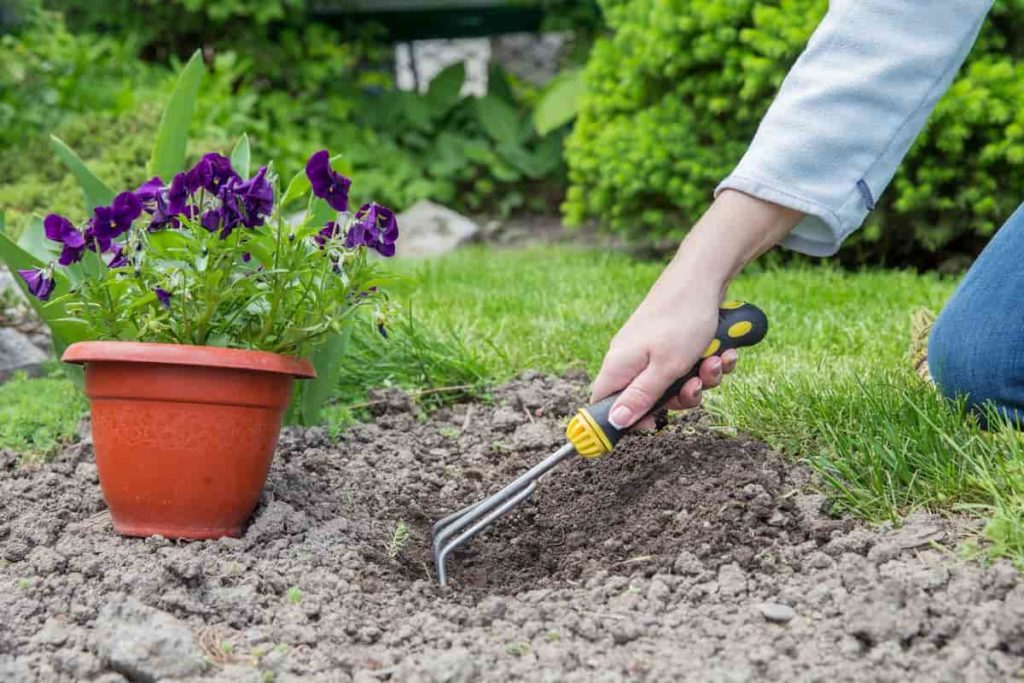
How to feed your garden plants
Feeding your plants with the right proportion of fertilizers, nutrients, micro-nutrients, and compost is essential throughout the plant growth stage. The necessary fertilizer is NPK. You can apply organic fertilizers, liquid fertilizers, natural fertilizers, and compost manures. You get many varieties of fertilizers for your plant growth. If your plant leaves turn yellow and start dropping, you must enrich the soil with nitrogen components.
Phosphorus and potassium will help in string plant root growth. You can prepare your compost from kitchen scraps by using composting bins. You can also use vermicomposting for enriching soil fertility. Miracle-gro is an excellent fertilizer for home garden plants if you use it carefully. You can use Miracle-gro for vegetables, trees, shrubs, and houseplants. Miracle-gro provides high amounts of nitrogen. You can apply Miracle-gro fertilizer every 1 to 2 weeks with the help of a garden feeder and water can.
When you use containers and pots in your home garden
Please select the right size of the container and make sure it has a hole for better aeration. Some plants required repotting when they started growing. Low frequency of water is recommended for indoor container plants. When you have decided to grow plants in pots or containers, you can use them on the balcony, terrace, or indoors. If your terrace is exposed to too much heat, try to cover it with a green shade net.
Pests and disease control:
It is quite common for many pests and diseases to attack your garden plants. However, you can control them organically and chemically. Neem oil is the best organic spray for some pests.
In case you miss this: Guide to Growing Potatoes in Texas: At Home, In Backyard, Containers, In Winter and Summer
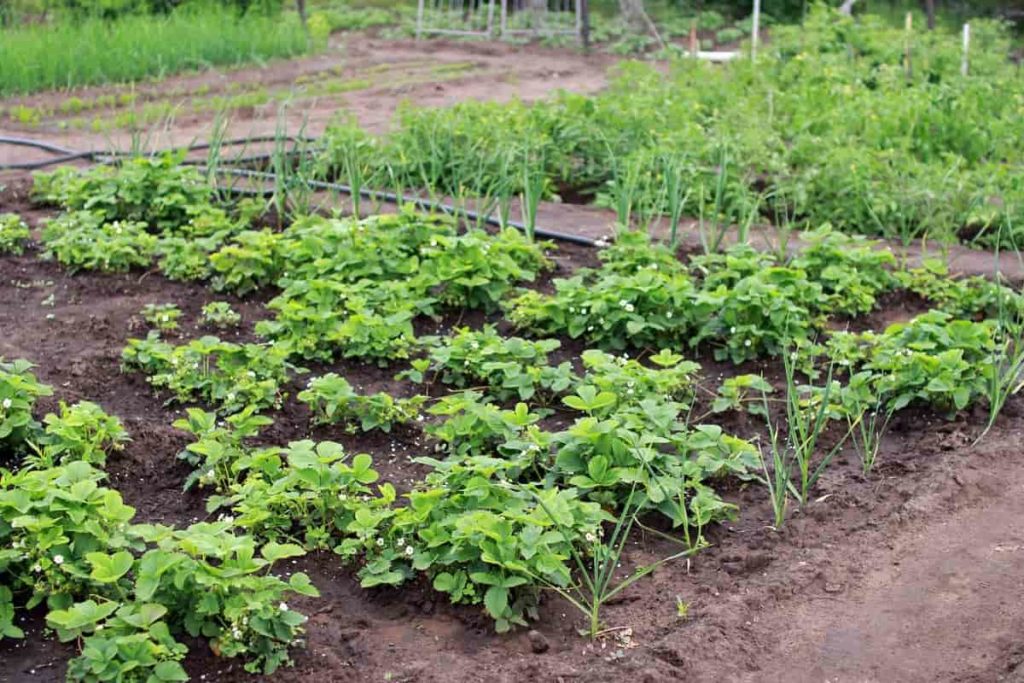
Some other miracle grow tips for your garden plants
- Avoid rocky soil or clay soil
- Attract pollinators
- Test soil pH before planting
- Adding compost once in a while will help to grow plants
- Use miracle-gro fertilizer carefully
- Make sure to prune at right time
- Provide proper space for plants to grow
- Select high yielding quality seeds
- Restore seeds for next season planting
- Provide necessary stalking for plant support
- Prevent ants, rats, squirrel, and birds from damaging the plants
- Prepare compost from kitchen waste to save from plant food cost
- Use balanced fertilizers with an NPK of 10-10-10 for your vegetables
- Avoid overwatering
- Don’t over fertilize plants
- Avoid full shade areas
- For indoor plants, make sure to have enough space, air, right temperature and light
- To prevent leaves turning yellow, avoid over watering and under watering
- Sandy loam soils with amended compost are the best for growing plants
- If you are planning to fill raised bed, use a 1:1 mixture of topsoil and compost mixture
- Avoid clay soils and prefer sandy loam soils
- The ideal soil pH for plant growth is 5.8 to 6.5
- use plant trellising for increased production and utilizing small spaces
- You must be aware of frost dates in your zone
- Bring container plants from outdoors to indoors to avoid any extreme wheatear conditions
- Don’t grow trees which cover the area with shade
- You must purchase basic garden tools
- Always keep it clean around the trees in your garden by removing dried leaves
- Gongura Seed Germination and Planting Methods
- Cabbage Seed Germination and Selection
- Broccoli Seed Germination and Selection
- Asparagus Seed Germination and Variety Selection
- Seasonal Flower Gardening: Best Practices for Spring, Summer, Fall, and Winter
- How to Grow Hibiscus from Flower
- Plantation Ideas for Home Decoration: A Beginners Guide
- Flower Garden Designs and Layouts for Beginners
- Planting and Spacing Techniques in Papaya: A Beginner’s Guide
- Growing Gold: Essential Techniques for Planting Pineapples
- How to Make Kalanchoe Plant Bushy: Home Remedies and Solutions
- 11 Reasons Why Your Gardenia is Not Blooming: Home Remedies and Solutions
- Eco Elegance: The Guide to Designing a Drought-Tolerant Landscape
- Gardening on a Slope: Strategies for Hillside Landscaping
- Nourish and Flourish: Top Organic Mulches for Thriving House Plants
- Everything You Want to Know about Indian Mogra Flower: Discover Uses and Growing
- Green Thumb Success: Expert Tips for Cultivating Greenhouse Pumpkins All Year Round
- Maximize Growth & Flavor: The Ultimate Guide to Companion Planting in Herb Gardens
- How to Control Rhododendron Problems Naturally: Home Remedies and Organic Ways to Fix Them
- Natural Magic: The Remarkable Benefits of Cinnamon for Plants
- Best Steps to Revive Dying Tulip with Natural and Organic Treatment
- 10 Reasons Why Your Angel Trumpet is Not Blooming: Remedies and Treatment
- How to Fix Periwinkle Leaf and Flower-Related Problems: Natural Remedies and Solutions
- How to Fix Zinnias Leaf and Flower Problems: Discover Natural and Home Remedies
- Organic Steps to Induce Lemon Tree Flowers: A Comprehensive Guide
- Bloom Booster: Crafting the Perfect Homemade Bougainvillea Fertilizer
- Optimizing Growth: A Guide to Applying NPK Fertilizer for Potted Plants
- 10 Best Homemade Fertilizers for Rubber Plant: DIY Recipes and Application Method
- How to Boost Female Pumpkin Flowers: Effective Steps for More Flowers and High Yields
- Transform Your Indoor Garden: Top Benefits of Pink Salt for Houseplants
- 10 Best Homemade Fertilizers for Peacock Plants (Calathea): Easy DIY Guide
- Unlock Blooms: 9 Reasons Why Your Potted Chrysanthemum is Not Blooming
- 8 Reasons Why Your Potted Hibiscus is Not Blooming: Fix it with Simple Solutions
- Unlock Blooms: 9 Key Reasons Your Potted Frangipani Won’t Flower
- 10 Reasons Why Is My Ice Plant Not Blooming: Remedies and Treatment
- 10 Reasons Why My Potted Hydrangea Not Blooming: Treatment and Remedies